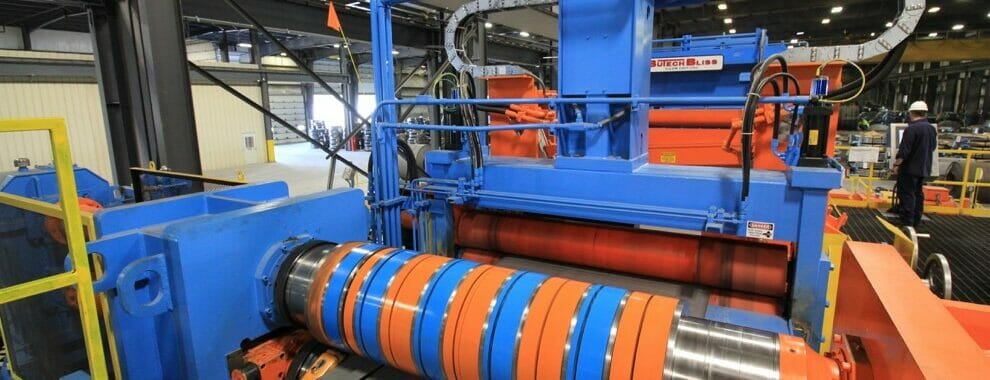Sheet Metal Slitting and Cut to Length: A Comprehensive Guide

Sheet metal is an essential raw material in various industrial sectors and applications. It is a thin, flat material that is widely used in construction, manufacturing, automotive, and other industries. However, to make the most out of sheet metal, it is crucial to process it into different sizes and shapes. This is where sheet metal slitting and cut to length come in. In this blog post, we will explore everything you need to know about sheet metal slitting and cut to length.
What is Sheet Metal Slitting?
Sheet metal slitting is a metal processing technique used to cut large coils of sheet metal into narrower strips. Typically, high-speed rotating knives or slitters will cut the large coils into smaller widths or widths as requested. This process is popularly used in the metal fabrication and manufacturing industry for producing high-quality strips of metal that is ideal for various applications.
When the sheet metal coil undergoes the slitting process, several slits or cuts can be made, depending on the required width of the strip. The width of the strip will depend on the size of the metal coil, the number of cuts made, and the thickness of the metal. The slits are usually made perpendicular to the metal's direction, which requires high-precision machinery to avoid errors that lead to defective products and damage to the equipment.
One of the key advantages of sheet metal slitting is that it provides unparalleled accuracy, even when dealing with high-volume production of sheet metal. The slitting process's precision and consistency make it an essential process in many manufacturing applications where precision and variation are not allowed.
What is Cut to Length?
Cut to length is another technique used to process sheet metal into customized sizes from large coils or sheets. It is a process where sheet metal is cut into specific lengths based on the required dimensions. Secondary processes such as punching or bending can follow the cut-to-length process, depending on the desired specification.
This process is usually carried out with the help of specialized machinery that can cut sheet metals in a straight line with high accuracy. The process helps save time and material waste, resulting in decreased manufacturing costs. The cut-to-length technique produces sheet metal that is free from burrs, clean edges, and with accurate measurements, making it ideal for a wide range of applications.
Shearing, sawing, and laser cutting are some of the common cut-to-length processes used in the metal fabrication and manufacturing industries. The cutting technology selected depends on the type of material, thickness, and quantity needed.
The Benefits of Sheet Metal Slitting and Cut to Length
Sheet metal slitting and cut to length offer several benefits that make them an indispensable part of the metal fabrication industry. Some of these benefits include:
1. Saves on Material Costs: The sheet metal slitting and cut-to-length process reduce waste and produce accurate and precise sheet metal dimensions, reducing the number of sheets needed during production.
2. Improved Production Efficiency: The two metal processing techniques increase production efficiency by providing a streamlined production line that enhances product quality, increases manufacturing speed, and eliminates repetitive manual labor.
3. High Precision: Sheet metal slitting and cut-to-length are automated processes that provide high precision and accuracy, resulting in consistent sheet metal dimensions that meet industry standards.
4. Versatility: The two techniques can process a wide range of sheet metal thicknesses and widths, making them ideal for different applications and industries.
Applications of Sheet Metal Slitting and Cut to Length
Sheet metal slitting and cut to length have several applications in various industrial sectors. Some of these sectors include:
1. Construction: Sheet metal slitting and cut-to-length are essential processes in the construction industry that help produce sheet metal roofing, gutters, and other construction components.
2. Automotive: The processes are used to produce sheet metal parts used in the manufacturing of various automotive components.
3. Aerospace: Aerospace companies use these processes to process sheet metal to manufacture aircraft parts, including cables, panels, and brackets.
4. Electronics industry: The electronics industry utilizes sheet metal slitting and cut to length for the production of heat sinks, electronic enclosures, and electrical conductivity.
In conclusion, sheet metal slitting and cut to length are indispensable parts of the metalworking industry. They save on material costs, improve production efficiency, provide high precision, and are versatile enough to be utilized in various industrial applications. These metal processing techniques are essential for manufacturing quality products that meet industry standards.